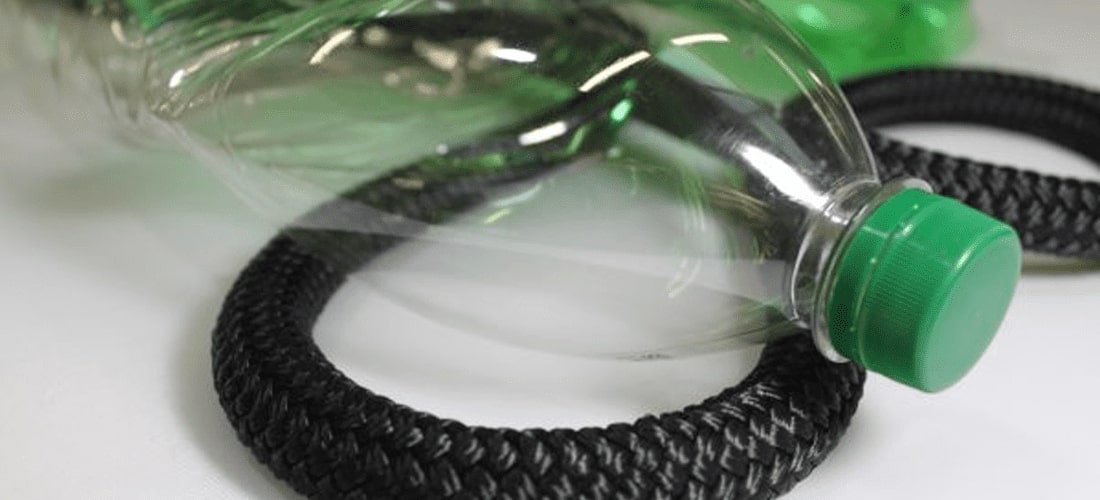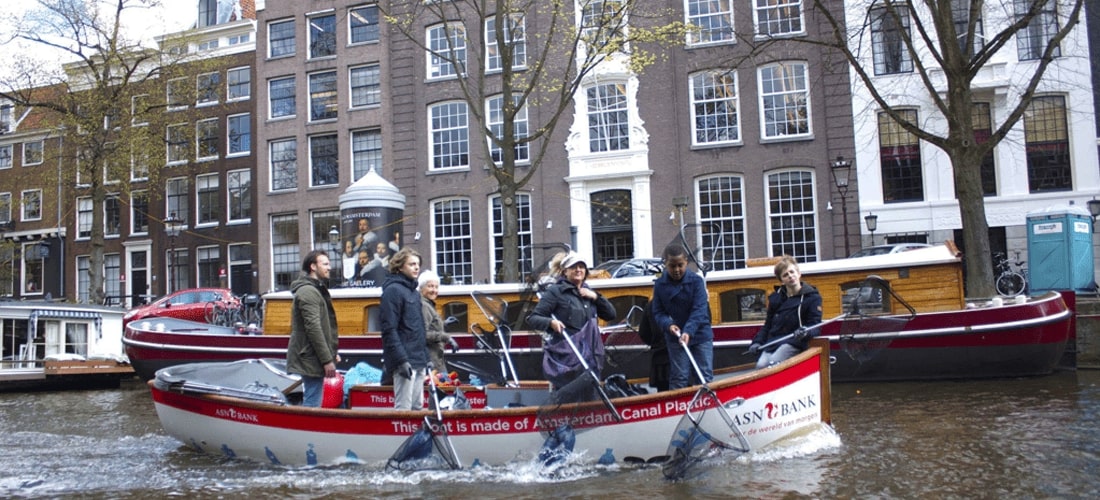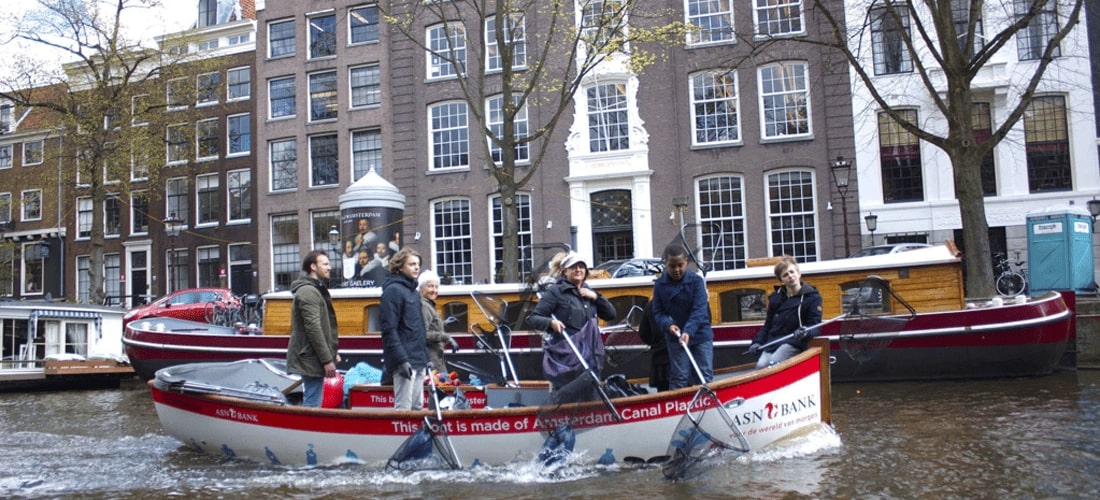In previous sustainability blogs we have highlighted positive actions against the proliferation of plastic waste in our oceans such as: The Seabin Project (2017 DAME Award winner,) The Great Bubble Barrier, The Ocean Cleanup and the JellyfishBot. And together with hundreds of beach cleanups taking place around the world, it’s encouraging to see so many people doing their utmost to reduce the horrifying ocean trash statistics which we have become all too familiar with.
Plastic is the 3rd highest volume man-made material on the planet after steel and concrete. Since the middle of last century, 8.3 billion metric tons of it have been created, that is equivalent in weight to 822,000 Eiffel Towers! All the experts agree that it has to be drastically reduced, recycling will never keep up with the flow even if it is significantly increased.
To put it simply, we are still trying to mop up water from the floor, without turning off the tap!
But in the meantime, we thought we would take a look at some ways that recovered waste plastics are being reused in boating. Because one thing is for sure; for the foreseeable future, there are still going to be plenty of raw materials available!

Plastic bottles into ropes
Marlow Ropes, a regular exhibitor in the British Pavilion at METSTRADE, attracted a lot of interest last year with their latest Green mooring line innovation; the Blue Ocean Dockline, which is made using 100% recycled waste plastic bottles.
With more than 16 million plastic bottles ending up in landfill in the UK alone and being proud of their reputation for environmentally conscious manufacturing, Marlow’s development engineers looked for ways to incorporate some of this waste stream into their product.
Now they have successfully developed a high-quality premium Dockline made from 100% recycled plastic bottle yarn, with 7.5 plastic bottles going into every metre of 16mm rope.The dock line is available pre-spliced in 12-16mm diameters, and in lengths from 6m to 15m. The construction offers the same attributes available with Marlow’s other mooring products, including good abrasion resistance and shock absorption, with soft and supple flexibility and zero strength loss or shrinkage.
Making boats from plastic fishing trips

I first came across Marius Smit of Plastic Whale, when I visited the HISWA Boat Show at the Amsterdam RAI in 2014. Tucked away in a corner of the hall, Marius sat alongside a traditional open design 6 metre fishing boat, nothing unusual about that. But when I started talking to him, I was immediately inspired by his story; because he had manufactured the boat from recycled plastic, all recovered from the Amsterdam canals.
Several years before that, he had witnessed first-hand, a tide of plastic soup being washed up on the shore during a visit to Borneo. He came back to Amsterdam determined to do something about it, and started out in 2011 with borrowed boats, manned by volunteers with nets, literally fishing for plastic in the famous city canals.
Via a process of turning the plastic waste into pellets, and then into a new composite material, Plastic Whale have now built nine such boats which are all busy ‘plastic fishing’ in Amsterdam, with two more boats recently extending the concept into the busy commercial port of Rotterdam.
Over 15,000 people have participated in 2-hour Plastic Whale fishing trips during 2018, and Marius has created a truly sustainable business, with 3000 bags of waste recovered, and 30,000 plastic bottles recycled.
And having built his own fishing fleet from the plastic waste, Marius is now contributing his ‘daily catch’ to Vepa, another Amsterdam based company. They are producing creative furniture from a combination of waste streams, which is designed to be fully recyclable again at the end-of-life.
Marine equipment from recycled plastic

Lankhorst Recycling, another Netherlands based company have been supplying innovative products from recycled plastics since 1975. In fact, they started out making ropes for the shipping world as far back as 1806, which is where they developed their expertise in synthetic fibres.
By taking recycled plastic from bottle caps, crates and agricultural items, and turning it into a new composite material, they are able to produce a wide range of products, many of which are sold to marinas, harbour authorities and river management entities.
These include pontoons, decking, dock fenders, bridges, and planking used for supporting river banks and harbour perimeters.

